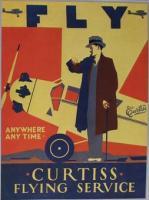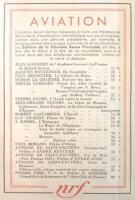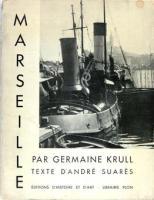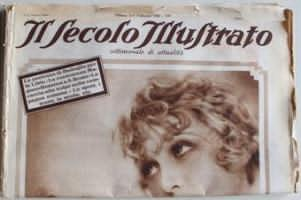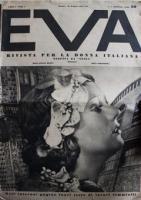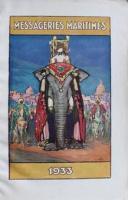In an utilitarian age, of all other times, it is a matter of grave importance that fairy tales should be respected.
Charles Dickens
Pantomime is true human comedy. … With four or five characters it covers the whole range of human experience.
Théophile Gautier
Giambattista Basile’s collection of fairy stories Le piacevoli notti, Charles Perrault’s universally-beloved Histoires ou contes du temps passé, Madame d’Aulnoy’s sophisticated Les contes des fées, and Antoine Galland’s Les Mille et Une Nuits were written primarily with the aim of providing a pleasant entertainment for the Italian and French courts and aristocratic salons. As Madame Leprince De Beaumont published her Magazin des enfants and the Brothers Grimm their Kinder- und Hausmärchen, they hoped that their collections would find a place in English and German household libraries. None of these writers of fairy tales could, however, imagine their future international popularity, and even less that their legacy as ‘classics’ of children’s literature would be kept alive by a Christmas pantomime, the principal theatrical entertainment in England even today.
This highly-admired and quintessentially British form of popular theatre frequently features fairy-tale plots and characters. Given that a great number of pantomime performances, such as Aladdin, Cinderella, Bluebeard, Snow White and the Seven Dwarfs, The Sleeping Beauty, Puss in Boots, Red Riding Hood, Jack and the Beanstalk, and The Yellow Dwarf are drawn from fairy-tale collections, it appears particularly interesting to investigate the role played by the Christmas pantomime in the transmission of fairy tales, and its impact on English culture.[1] In this essay I therefore intend to draw critical attention to the modalities of transposing fairy tales to the Victorian pantomime. Considering the fairy pantomime’s crossover appeal to audiences of both adults and children, which results from its multivalent construction of transvestite performance, I will explore how fairy pantomimes contributed to the discussion of gender in Victorian England. By addressing these questions, I attempt to shed light on the representation of gender and identity, fantasies of costume and disguise, as well as the development of Western attitudes towards cross-dressing and sexuality.
